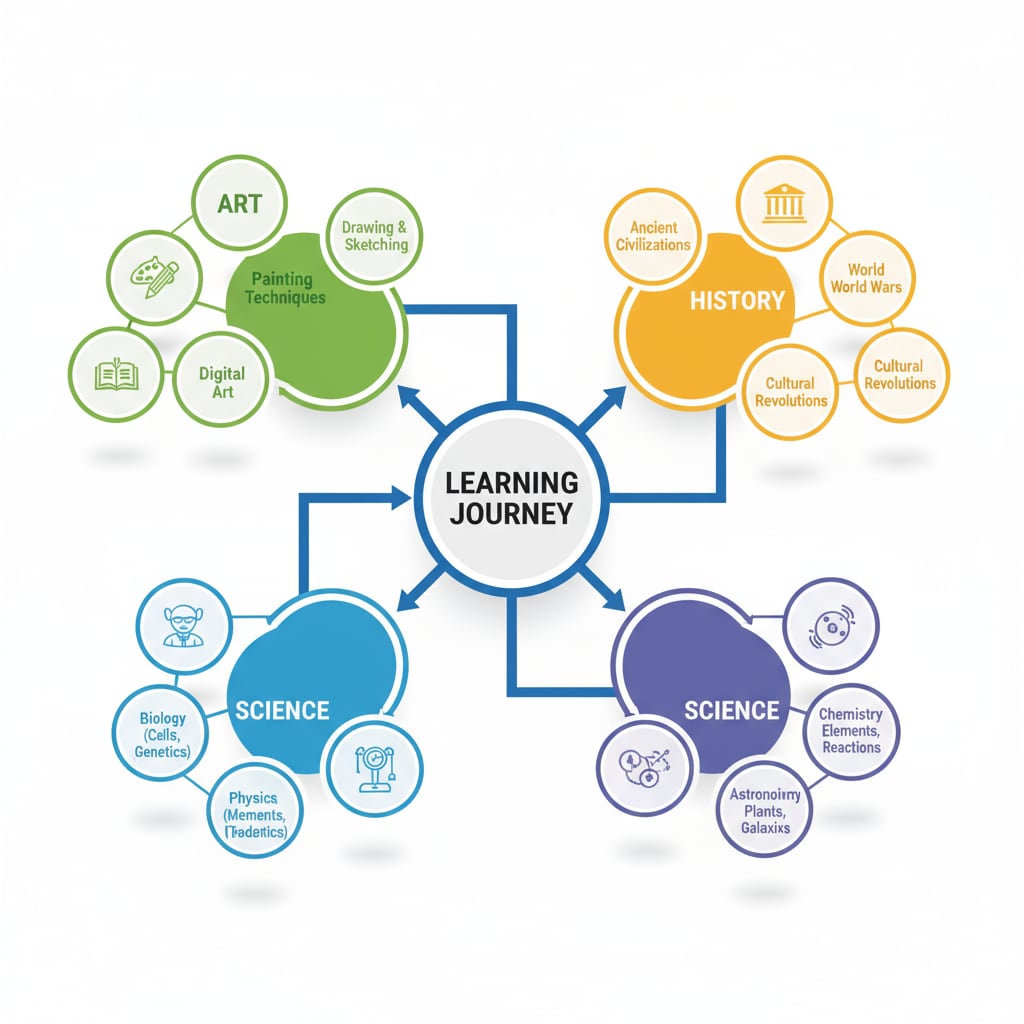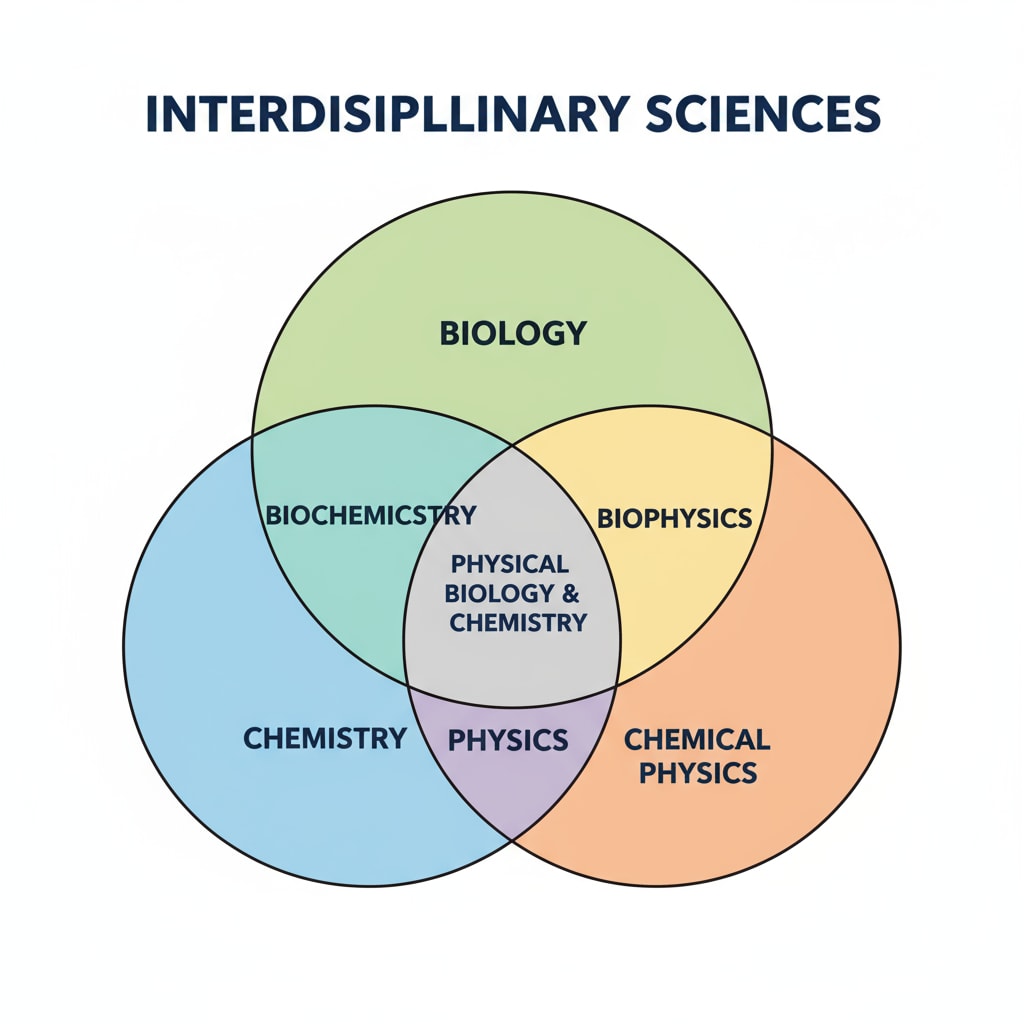In today’s knowledge-driven world, having a well-structured approach to learning plans, encompassing multidisciplinary knowledge, and creating personalized personal courses is crucial for students. With the vast amount of information available, especially for K12 students, it’s easy to feel overwhelmed by diverse learning interests. However, with the right strategies, these interests can be transformed into a meaningful and productive learning journey.

Understanding Your Learning Interests
The first step in creating an effective learning plan is to understand your interests. Take the time to reflect on the subjects that genuinely captivate you. This could range from sciences like biology and physics to humanities such as history and literature. For example, if you find yourself constantly drawn to stories about different cultures, history might be a strong interest area. According to Educational Psychology on Wikipedia, understanding one’s interests is a fundamental aspect of self-directed learning.

Setting Clear Goals
Once you’ve identified your interests, it’s essential to set clear goals. Goals provide direction and motivation. Whether it’s mastering a specific skill in a particular subject or gaining a comprehensive understanding of a field, well-defined goals are key. For instance, if you’re interested in art, your goal could be to create a portfolio of your work within a year. As stated in Learning Theory on Britannica, having clear goals enhances the learning process.
When setting goals, make sure they are SMART – Specific, Measurable, Achievable, Relevant, and Time-bound. This framework ensures that your goals are practical and can be effectively pursued within your personal course framework.
Building a Multidisciplinary Learning Framework
To truly benefit from your diverse interests, it’s important to build a multidisciplinary learning framework. This involves integrating different subjects and skills. For example, if you’re interested in environmental science, you might also need to study mathematics for data analysis, and English for communicating your findings. This cross-disciplinary approach enriches your learning experience and helps you develop a more comprehensive understanding of complex issues.

Another advantage of a multidisciplinary approach is that it enhances problem-solving skills. By drawing on knowledge from multiple fields, you can approach problems from different angles and find more innovative solutions.
Creating a Personalized Learning Schedule
With your goals and learning framework in place, it’s time to create a personalized learning schedule. Allocate specific time slots for different subjects and activities. This helps in maintaining focus and ensuring that you cover all aspects of your personal courses. However, it’s also important to be flexible and allow for adjustments based on your progress and changing interests.
For example, you could set aside an hour each day for reading in your area of interest, and a few hours on weekends for more in-depth study or practical projects. Make sure to also include breaks to avoid burnout.
Evaluating and Adjusting Your Plan
Regular evaluation is crucial to the success of your learning plan. Periodically review your progress, assess whether you’re achieving your goals, and identify areas that need improvement. If you find that a particular subject is taking more time than expected, or if you’re not making the progress you hoped for, adjust your plan accordingly.
This could involve changing your study methods, reallocating time, or even modifying your goals. Remember, a learning plan is not set in stone; it should be adaptable to your evolving needs and circumstances.
Readability guidance: Using short paragraphs and lists helps summarize key points. Each H2 section provides a clear focus. By controlling the proportion of passive voice and long sentences, and adding transitional words, the article flows smoothly and is easy to understand. This approach ensures that students can effectively apply these strategies to their learning plans, integrating multidisciplinary knowledge into their personal courses.


